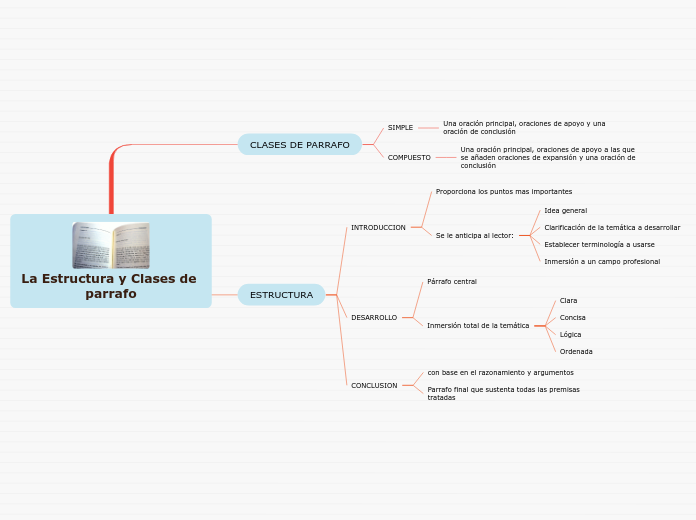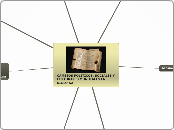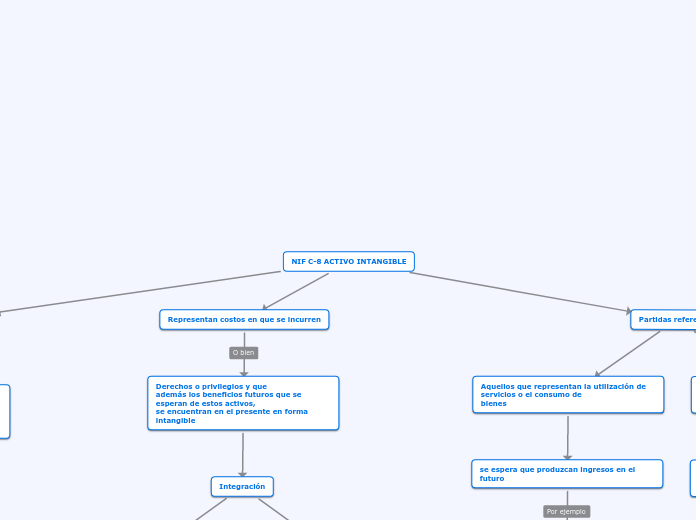La Estructura y Clases de parrafo
To name your story, you have to think about the overall message and what you want your audience to understand from the story. Also, make it relevant and easy to remember.
ESTRUCTURA
The middle of the story is where you add layers of complications that will lead to the end. Reveal more about the character's journey. Did their personality go through changes? How did they overcome the challenges? And as you build up the story’s central conflict, make it more personal to that character. Also, from the middle act, you have to lead into the final act.
CONCLUSION
There wouldn't be any tension and excitement in your story if there weren't any obstacles in your character's way.
Parrafo final que sustenta todas las premisas tratadas
con base en el razonamiento y argumentos
A story is nothing more than a character overcoming a series of difficulties to reach the desired goal. Obstacles usually create suspense and conflict. In overcoming obstacles, there is growth: weak becomes strong; hatred turns into love; sadness into happiness; wrong into right; lies into truth; or evil becomes good.
See a few examples below:
- stopping a meteor
- finding a killer
- finding love
DESARROLLO
Your character(s) need(s) motivation in order to solve the challenge(s).
Inmersión total de la temática
Secondary characters might also have motives that lead them to cross paths with the main character or which might trigger them to help the main character.
Ordenada
Lógica
Concisa
Clara
Párrafo central
Why does your character need to confront this challenge? What does he/she expect to accomplish by solving it?
See a few examples:
- will marry in 3 days
- can fix the mistakes of the past
INTRODUCCION
Each story has a main character and that character usually needs to solve a problem or challenge. The character's challenge is the one that creates tension throughout the story.
Se le anticipa al lector:
Inmersión a un campo profesional
Establecer terminología a usarse
Clarificación de la temática a desarrollar
Idea general
Proporciona los puntos mas importantes
CLASES DE PARRAFO
In the beginning of the story (or the exposition), you will need to introduce the setting and characters. You might also want to introduce the main conflict. This part of the story is important because it gives the reader necessary background information and maybe even a first insight into a character’s personality.
COMPUESTO
The setting (time & place) of a story can change throughout the plot.
Una oración principal, oraciones de apoyo a las que se añaden oraciones de expansión y una oración de conclusión
Your story can take place wherever your imagination will take you to.
For example: in an elevator, in an enchanted forest, etc. Don't forget to give details of the environment each time the setting changes, otherwise, the story can be confusing. Also, mention the seasons as each of them has unique weather and events.
SIMPLE
Characters are essential to a good story. Usually, the protagonist(s) is/are the most affected by the plot. Introduce a character by focusing on their actions, interests, and occupation, as the physical appearance doesn't make a difference in most cases.
Una oración principal, oraciones de apoyo y una oración de conclusión
Type in the name of your character.










